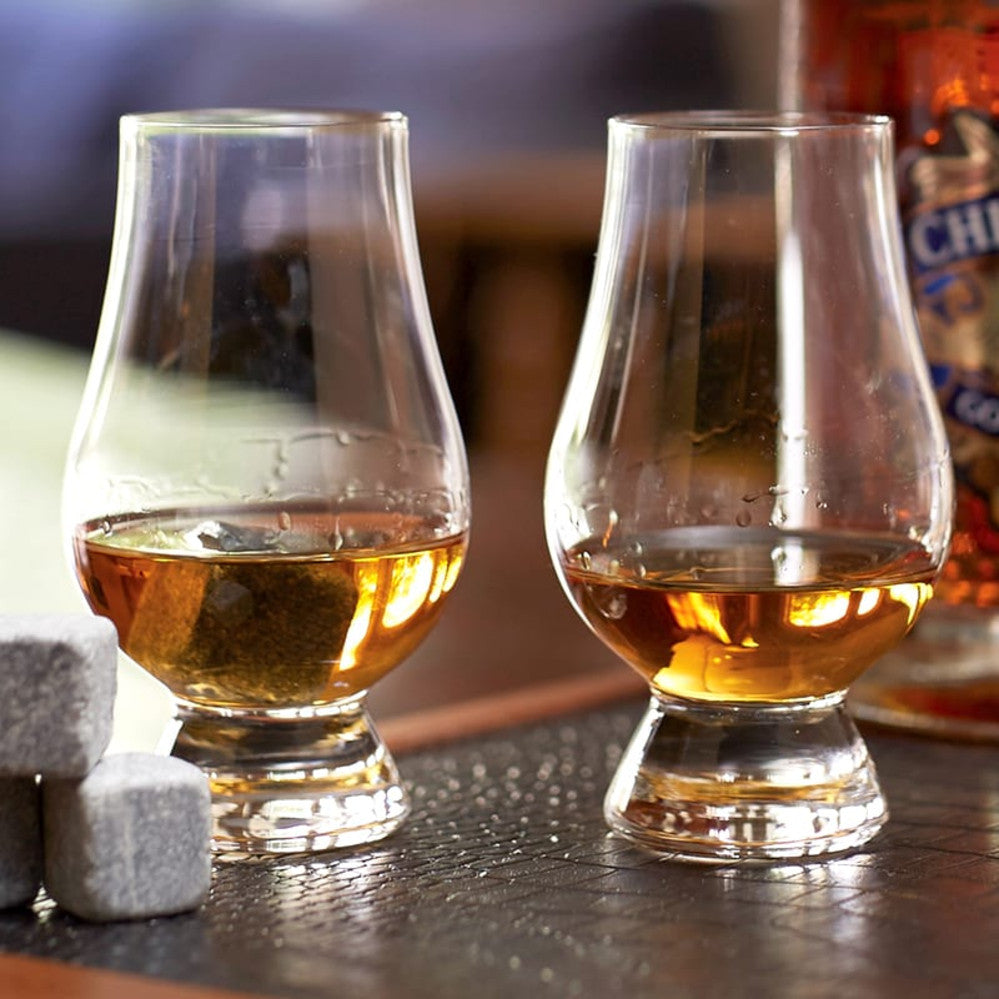
The names range from a shot glass to a Glencairn glass to some others in between. What is a whiskey glass called? With so many different styles of whiskey glasses, there’s not just one whiskey glass name. There is no single whiskey glass either, but rather a whiskey glass for nearly every purpose. It’s also the glass Bill Murray drinks Hibiki 17 out of in Lost in Translation.īuy Now (Set of 2): $276.Just as with wine, a whiskey glass is meant to enhance your drinking experience. The glass’s design receives, contorts and fires light across rooms. The Massena Tumbler is one piece of the larger Massena collection, and it’s perfect for something special poured on the rocks. The quality of the crystal and craftsmanship of the glasses is unparalleled. The company went on to make stained-glass windows, chandeliers and all the fancy-people-in-the-19th-century accoutrements they were commissioned to-including some drinkware.

Montmorency-Laval created the company with the express permission of King Louis XV, who is probably best known for losing the French-controlled lands in North America before the Revolutionary War (and setting the table for a revolution a little closer to home). If you take your whiskey seriously, it’s a great option.īaccarat, the older of the two dominant luxury glassware makers, was founded in 1764 by a wealthy French cardinal named Louis-Joseph de Montmorency-Laval. The shape and look are a bit strange and holding one feels a little fiddly, but there is a reason it’s been adopted as the official glassware for judging various spirits contests, including what’s widely considered the loftiest of them all: the San Francisco World Spirits Competition. The way around this is a flared rim which works to instigate a more diffused evaporation than a traditional whiskey sipping glass. The designer’s manifesto argues traditional tulip-shaped glassware is more likely to burn your nose with a rush of ethanol than highlight a spirit’s quality. Even more than drinking, it’s designed for smelling. Though you can never be sure if a name was created with its acronym in mind, NEAT stands for Naturally Engineered Aroma Technology, and the glass is designed for sipping whiskey neat. The makers of the NEAT glass didn’t get the memo. Romanticization is a fundamental tenet of whiskey marketing. Because of the glass’s durability, low price and sip-focused utility, few glasses are better suited for a whiskey tasting party. Though the glass is small (it’s meant to hold just 1.5 oz of liquid), there is room for water if you prefer it.

The glass shape is excellent at allowing no-splash swirling, and flushing the nose of the whiskey toward the drinker. Mercifully, the outward taper of the rim lessens the likelihood of whiskey running from the glass and straight down your chin, too, which is a big plus. The base of the bowl was widened to allow for more swirling, as well as to provide a clearer view of the spirit’s hue. Davidson removed the stem and replaced it with a kind of glass knob on the base, making the glass less prone to breaks and much easier to store.
#SCOTCH WHISKEY GLASSES PROFESSIONAL#
(Before the Glencairn’s release in 2001, the professional whiskey sipping vessel of choice was the humble copita, a long-stemmed glass with a tulip-shaped bowl designed for drinking sherry). Designer Raymond Davidson developed the glass hand-in-hand with master Scotch blenders to accentuate whiskey specifically, rather than borrowing glassware from other booze industries. Most “industry standard” products aren’t crafted with home users in mind, but the Glencairn can go from tasting room to living room with ease.


 0 kommentar(er)
0 kommentar(er)
